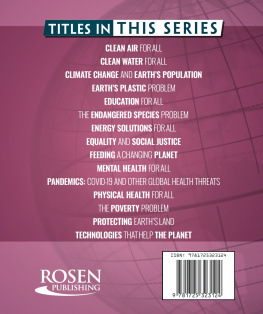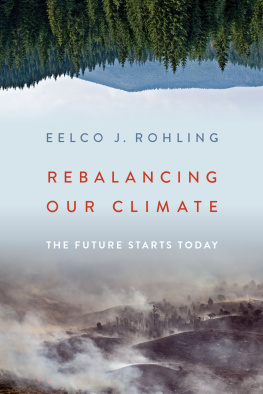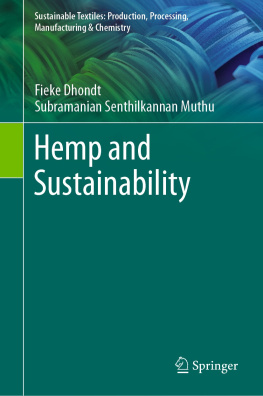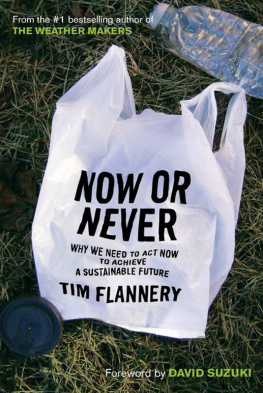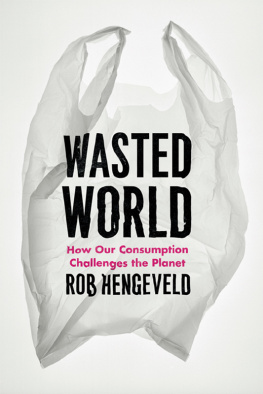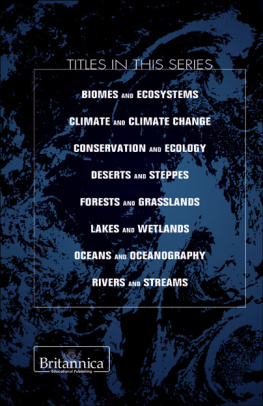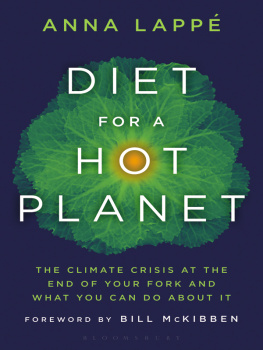Abbreviations
AIDS | acquired immunodeficiency syndrome |
BP | before the present or British Petroleum |
CBD | community-based distribution |
CEDPA | Centre for Development and Population Activities |
CEFPA | Centre for Population Activities |
CFC | chlorofluorocarbon |
COP | Conference of Parties |
COWAN | Countrys Womens Association of Nigeria |
FCCC | Framework Convention on Climate Change |
FGC | female genital cutting |
GHON | Grassroots Health Organization of Nigeria |
GNP | Gross National Product |
HIV | human immunodeficiency virus |
ICPD | International Conference on Population and Development |
IPCC | Intergovernmental Panel on Climate Change |
IWHC | International Womens Health Coalition |
NCAR | National Center for Atmospheric Research |
NCWS | National Council of Womens Societies |
NGO | nongovernment organization |
OPEC | Organization of Petroleum-Exporting Countries |
RTI | reproductive tract infection |
STD | sexually transmitted disease xiii |
TAR | Third Assessment Report |
U.N. | United Nations |
UNCED | United Nations Conference on Environment and Development |
USAID | U.S. Agency for International Development |
UWA | United Womens Association |
WHO | World Health Organization |
ZPG | Zero Population Growth |
AFTERWORD
Dancing in the Crowded Greenhouse
Holding two competing ideas in the mind simultaneously is one of the challenges of an active intelligence.
F. Scott Fitzgerald
We have a great friend who has worked long and hard on environmental and population issues, in both elective politics and the nonprofit world. She told us a story some years ago that affected us deeply.
She participated in a retreat of several days for high-level environmental activists and policymakers, where thoughtful people led and joined in probing discussions. At one point, she was asked if she had hope. Now, this friend has probably the most austere view of the future of the world of any of our environmental friends. She has seen too much of the worlds deterioration, the human role in it, and resistance to stemming it, to be sanguine. After a pause, she replied: No, I dont have hope. But I have great joy.
It is on this paradoxical note that we end our book. In addition to her gritty realism, our friend brings to her work abundant humor, an openness to celebration, and a profound act of will: she simply will not give up. We recommend these qualities to anyone committed to joining the work to stabilize the worlds population and stem harmful climate changeindeed, for that matter, any work involving high stakes and enormous odds.
We offer the metaphor of dancing in the crowded greenhouse to develop our notions about humor, celebration, and acts of will. So let us take our places. The music is playing. We are gathered together, many of us, ready to dance in this crowded greenhouse that we wish to change. Let us begin.
Let us dance with our friends.
We in the population and environmental movements have traditionally been a grim group. Who would not be grim, given what we are up against? We have in the past thirty years made progress, however, and we should admit and celebrate it.
On the population side, fertility declines since 1950 translate into national populations smaller by millionsand on a global scale, by hundreds of millionsthan we would have otherwise seen. Think of the worsening conditions that hundreds of millions more people would have meant. This success sounds conditional and abstract. It is. But it is also real, and it is worth celebrating.
In recent years the United Nations has revised its population projections for 2050 downward. Where once the medium projection of the U.N. demographers envisioned more than 11 billion people in 2050, today their number is closer to 9 billion: more than today, and more than ideal. But fewer than expected, and worth celebrating.
Today women in fifty-one countries with 44 percent of the worlds population have fewer than 2.0 children in their lifetimes, long thoughtespecially by demographersto be the lowest that fertility would go. This reduction has come about in part because of a revolution in the use of modern contraceptives; more than half of the worlds women use them, whereas thirty years ago, only a small percentage did. All this is worth celebrating.
Population growth rates are zero or negative in nearly twenty countries, affecting just under 10 percent of the worlds population. The list is dominated by Russia and countries of the former Soviet Union and Eastern Bloc, and we need to sort out when desperate economic conditions drive negative population growth rates and when choice does. Still, these developments deserve notice, and celebration.
Examples of success from the environmental world are less far-reaching and less encouraging. But we have examples, nonetheless. Despite its being thus far largely rhetorical, rather than practical, we believe that the sheer existence of Agenda 21, the sweeping blueprint for sustainable development negotiated at UNCED in 1992, is a success worth celebrating. The language is lofty: Humanity stands at a defining moment in history ... No nation can secure its future alone; but together we can: in a global partnership for sustainable development. The scope is comprehensive: the document covers poverty, wealth, health, human settlements, many resources, many wastes, many forms of degradation, many ecosystems. It also specifies groups that sustainable development must involve if it is to succeedwomen, children and youth, indigenous people, NGOs, workers, business and industry, and the scientific and technological community. Before we can build a new world, we need a blueprint, and Agenda 21 is an ambitious start. Much work lies ahead, but this blueprint is worth celebrating.
Two developments that affect the atmosphere directly are also worth celebrating. Global production of CFCs, the halocarbons responsible for depletion of stratospheric ozone, has fallen sharply since 1989, when global CFC production peaked at just over a million tons. Today, in response to the Montreal Protocol, which banned most production of CFCs in industrial countries, and subsequent amendments, the figure is below 150,000 tons. The problem of stratospheric ozone is far from over. CFCs take some years to reach the stratosphere and, once there, remain for a century or more. Although the decline has been sharp, it is somewhat slower than expected. A black market in CFCs and the failure of some countries to comply with the protocols production phase-out schedule further compromise success on stratospheric ozone. Still, CFC production has indeed fallen sharply, and this is cause for celebration.
Second, it is possible that global emissions of sulfur have stabilized. After rising throughout the twentieth century, emissions have in recent years flattened out. And in some industrialized countries, emissions have fallen sharplyby 80 percent in Austria, nearly 80 percent in Germany, and 75 percent in Norway between 1980 and 1996, for example. Technologies for removing sulfur from the smokestacks of coal-burning power plants, economic downturns in the former Soviet Union and eastern Europe, and emission control policies such as the U.S. tradable permits scheme lie behind the lack of growth in sulfur emissions in recent years. Acid rain continues to plague large portions of European forests, and Indias and Chinas choice of energy technologieswhether clean or dirtywill determine the future of sulfur emissions. But the world has made a start. It is worth celebrating.


